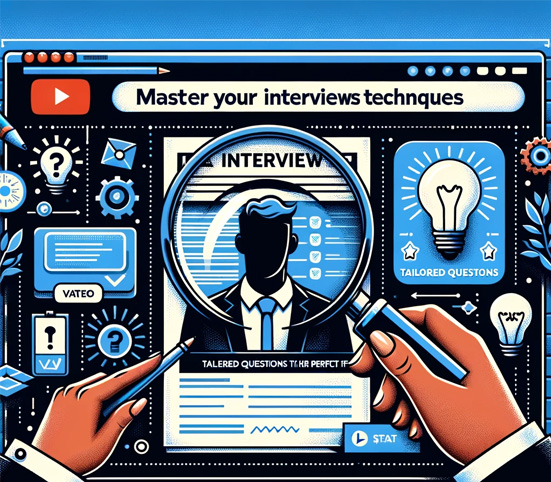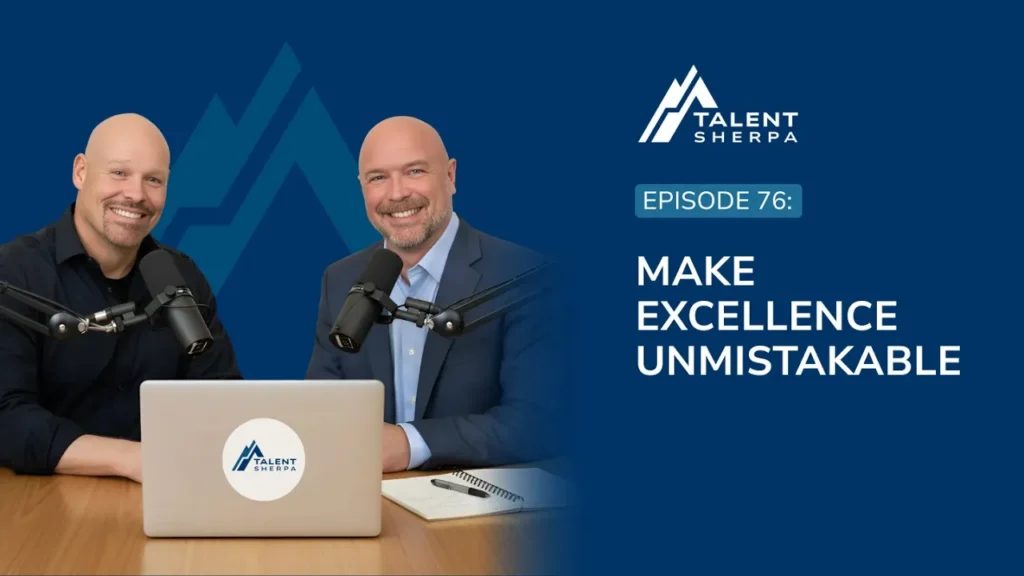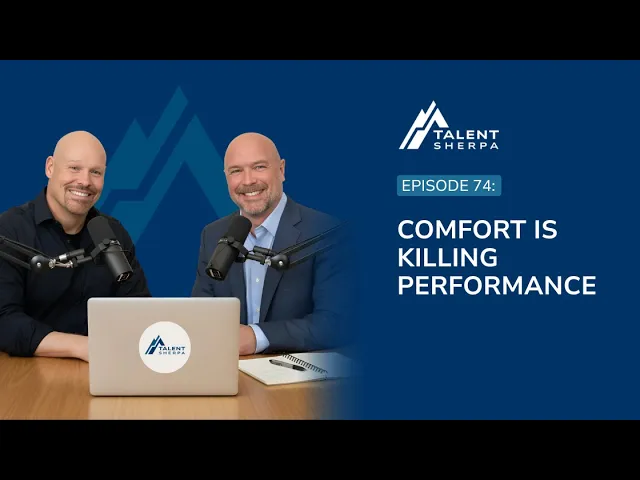In the dynamic talent acquisition landscape, traditional job descriptions often fall short in capturing role expectations. Results-oriented job descriptions offer a solution by focusing on the desired outcomes of a role, improving candidate fit, and streamlining the hiring process.
Introduction
In the bustling talent marketplace of today, the task of attracting the right individuals to your organization is an art. Traditional, task-oriented job descriptions can often fall short, creating a disconnect between employer expectations and the candidate’s understanding of the role. It’s time to redefine the norm and revolutionize the talent acquisition process. It’s time for Results-Oriented Job Descriptions.
Performance-based job descriptions, which more accurately predict on-the-job success, describe the job in terms of the required outcome.
Lou Adler, renowned author and hiring expert.
Embracing the Shift: Results Over Tasks
Crafting the perfect job description is no small feat. Yet it’s the crucial first step in attracting the right talent to your organization. Traditional job descriptions focus primarily on tasks, responsibilities, and qualifications. While these elements are undoubtedly important, they often fail to encapsulate the true essence of the role: the expected outcomes.
A disconnect between the applicant’s expectations and the organization’s needs can lead to costly mismatches. By focusing on results, we foster a better understanding of the role, ensuring that candidates can gauge their fit accurately.
The Empirical Evidence: Results-Oriented Descriptions Work
While the International Journal of Selection and Assessment might not be on your regular reading list, it offers valuable insights for us in the talent acquisition industry. A study published in this journal indicates that job descriptions that emphasize results over tasks lead to better candidate fits. With candidates understanding the expected outcomes before applying, it helps streamline the hiring process and ensure a higher quality of applicants.
Deterring the Unfit, Attracting the Capable: The Power of Precision
It might seem counterintuitive, but a well-crafted job description should scare off the wrong candidates. Why, you ask? The answer is simple. High volumes of unqualified applicants can turn the hiring process into a daunting task. This challenge is often amplified by the candidate matching services provided by platforms like LinkedIn and Indeed.
However, with results-oriented job descriptions, we create a natural filter. Those not ready for your challenges are deterred, while those eager to take them on see these descriptions as their call to action.
Harnessing Expectancy Theory for Motivation
The Expectancy Theory, a psychological principle, posits that people are more motivated when they believe their efforts will yield positive outcomes and valuable rewards. By centering your job description around results rather than tasks, you can tap into this inherent motivation among potential candidates. This sense of achievement can be a powerful driver, benefiting not just the individual but the organization as a whole.
The Future is Results-Oriented: Join the Revolution
The goal is simple yet vital: avoid bad hires, refine the hiring process, find and engage the right talent. A pivot to results-oriented job descriptions is our key strategy for achieving this goal.
Dive deeper into our innovative approach to people operations and culture development. Consider joining the waitlist for our next product release – the AI-driven Job Description Creator – a revolutionary tool designed to help you establish crystal-clear expectations for every position in your organization.
Want More?
- “Why Outcome-Based Job Descriptions Drive Up Quality and Quantity of Candidates” – Leah Daniels on LinkedIn (link)
- “Skills-based Hiring is Hard” – Stephanie Mehta on Fast Company (link)
- Check out our post on the true Cost of a Bad Hire.
Conclusion
The traditional task-oriented approach to crafting job descriptions often fails to convey the true essence of the role: the expected results. A results-oriented job description shifts the focus, allowing potential candidates to accurately gauge their fit for a role and streamlining the hiring process. Drawing on Expectancy Theory, this approach can tap into innate motivation, fostering a sense of achievement that benefits both the individual and the organization. By embracing results-oriented job descriptions, you can take a powerful step toward refining your hiring process, deterring unfit applicants, and attracting the right talent. This future-focused strategy may well be the game-changer you need to take your organization’s talent acquisition to the next level.






